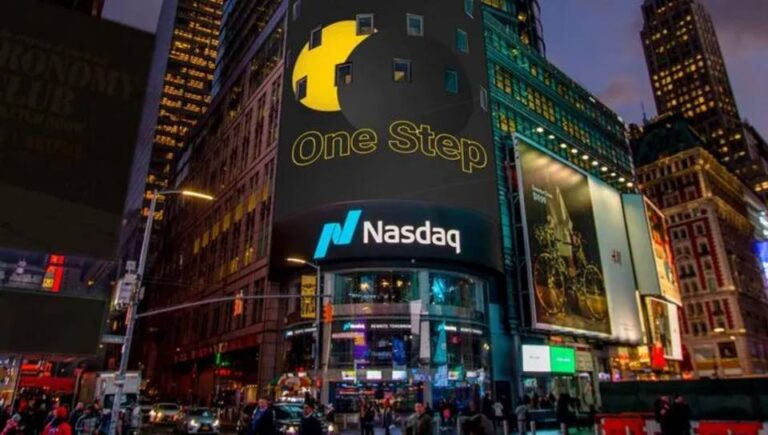Everything you need to know about investing in IPO companies.
The term IPO is well-known to many people, even those who are not involved in financial markets, due to its fantastic profitability figures. Media outlets, online communities, and social media users love to discuss double- and even triple-digit profit numbers.
Consider these examples:
- Short-term property rental platform Airbnb: +142.63% on the first day.
- The largest meat substitute producer Beyond Meat: +163% on the first day of trading.
- Cloud solutions developer Snowflake: +165.83% on the first day. By the way, Warren Buffet himself invested in this company.
And these are just a few success stories. In reality, there are many impressive examples of successful IPOs. Statistics show that investors who participated in all IPOs without exception from 1980 to 2019 (and did not sell the purchased shares for 3 years) had an average annual accumulated profitability of over 40%.
Previously, venture investments, including participation in IPOs, were only available to a narrow circle of qualified investors and professional market participants. In this article, we will explain how you can participate in the IPO of promising companies and aim for high profitability.
Before you earn on your first participation in an IPO, let’s take a closer look at what an IPO is and why companies conduct it.
IPO (Initial Public Offering) is the initial issue of a company’s shares on the stock exchange. A business that wants a portion of its stock to be traded on the stock exchange goes through the IPO process. This makes the company’s shares available to a wide range of investors.
This procedure is advantageous for everyone involved:
- Companies attract significant capital through IPOs that they can use for their own development. The most successful IPOs have brought in tens of billions of dollars for companies. For example, in 2008, Visa raised $19.1 billion through an IPO, and in 2010, General Motors raised $20.1 billion. However, Visa and GM are not the largest IPOs in history.
- Investors gain a new instrument – a new company whose shares can be traded. Furthermore, participating in an IPO is a very profitable instrument that can generate returns many times higher than the market rate in just one day. For instance, investors who participated in Alibaba’s IPO earned a 40% profit on the first day of trading. The shares rose from $66 to $98 in one day.
To help you better understand how public offerings work and how you can use them to make a profit, let’s look at the stages of going public through an IPO:
- Preliminary. The company decides to go public and develops a strategy for how many shares it wants to sell and at what price.
- Preparatory. At this stage, the company hires an underwriting organization. Typically, these are large banks that handle all the routine and bureaucracy associated with conducting an IPO. This is also when an advertising campaign is conducted, including meetings with potential investors.
- Book building and placement. Underwriters gather orders for the upcoming offering and calculate the planned opening price. If the demand for shares exceeds the supply, the price may be raised or the placement volume increased.
- Listing. On the day the company goes public, the stock price can change significantly. Also, the fact that an investor has applied to participate in the IPO does not guarantee that they will receive shares. If demand is too high, orders are filled only partially.
A lock-up period (usually around three months) applies to shares that were placed by orders, during which investors cannot sell shares. This is done to stabilize trading in the first few days and weeks.
This is the path a company takes to become “public.”
If IPOs can be so profitable, why doesn’t everyone participate in them?
- First of all, not all brokers provide access to participate in IPOs, especially when it comes to foreign offerings on foreign exchanges. Additionally, stock brokers may limit participation for other legal reasons, such as requiring EU citizens to have qualified investor status
- Secondly, there are specific aspects of investing in IPOs, such as allocation and lock-up periods. In 2020 and 2021, the demand for IPOs was so high that the demand for participation exceeded the supply of shares offered. As a result, applications were only partially satisfied. However, these are the costs of investing in popular high-yielding products. Moreover, there is the aforementioned lock-up period. This is a period of time (usually three months from the time of offering) during which shares received through an IPO cannot be sold.
But modern technologies make IPOs accessible to a wide range of investors.
IPO products are now available on popular trading platforms, where you can buy shares before they go public and take advantage of IPO participation benefits.
- Access to a large number of major IPOs without restrictions. Innovative brokers provide their clients with the opportunity to participate in interesting IPOs every month. Thanks to modern technologies, participation in primary placements are available not only for qualified market participants but also for ordinary traders.
- The investment mechanism is similar to professional solutions. The same conditions as for professionals. Large investors will not have any advantage over novice traders.
- Accessibility. You don’t have to have hundreds of thousands of dollars to invest in a selected company’s public offering. You can participate with a small amount of money.
Participation in IPOs is no longer a privilege for large investors. Now, traders with small amounts of capital can participate in high-yielding placements. Moreover, they can do this through familiar and convenient terminals. Try investing in your first IPO!



